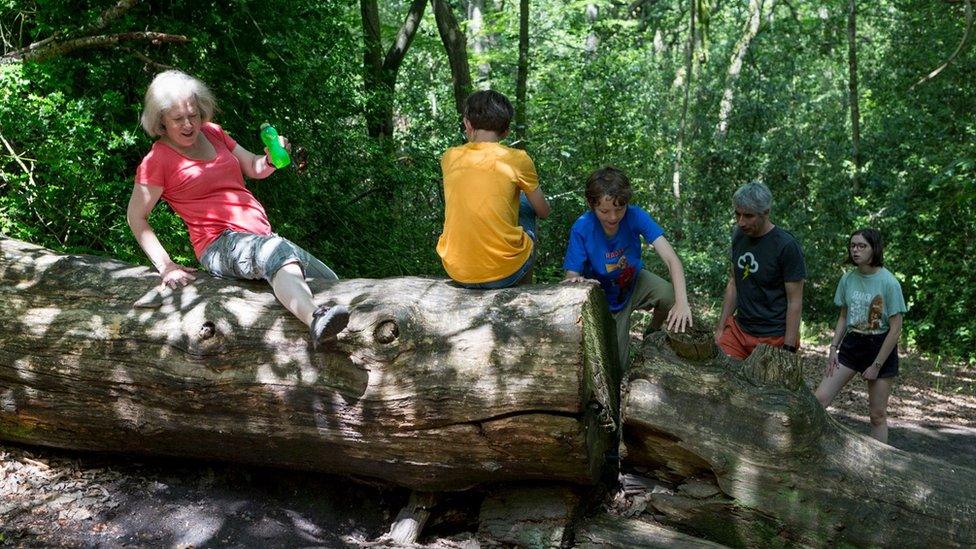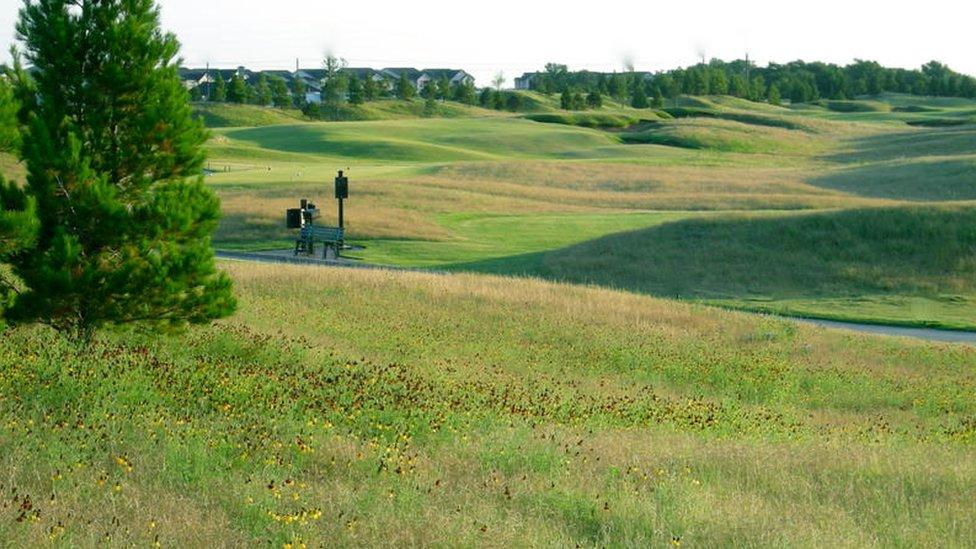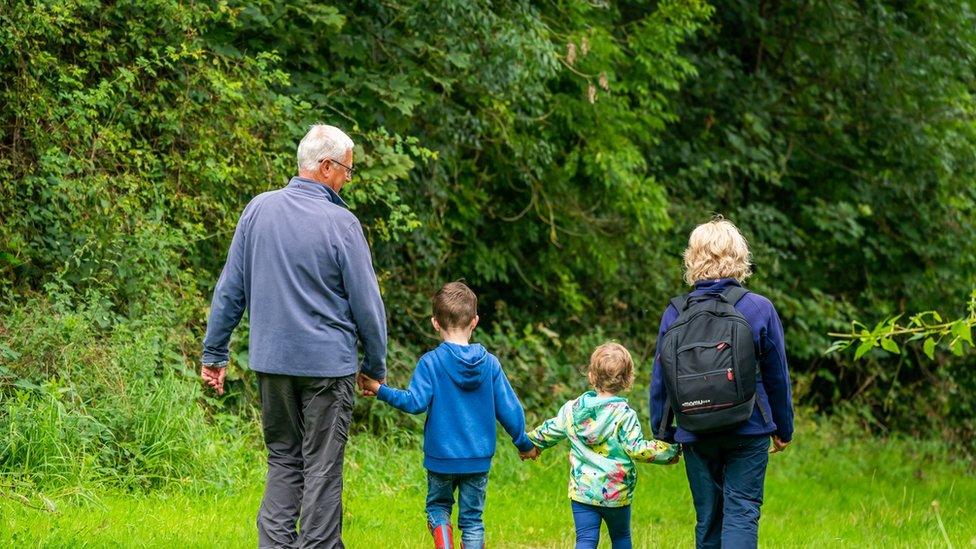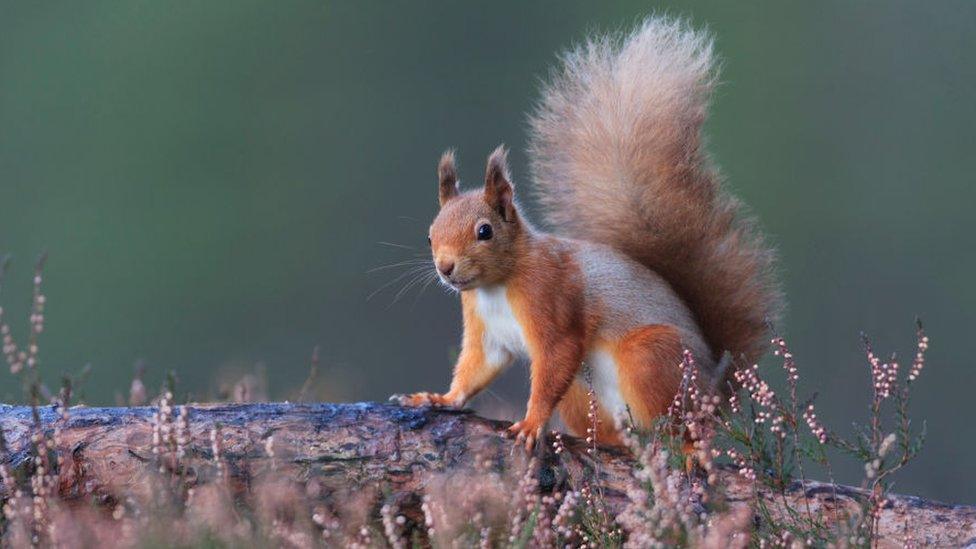Doncaster 'habitat bank' plan aims to boost biodiversity
- Published

The new site will see the creation of woodland and wildflower grassland, Doncaster Council said
Plans to create new wildlife habitats to offset the loss of biodiversity due to development work in Doncaster have been given the go-ahead.
The proposals will see the creation of the borough's first "habitat bank".
A habitat bank is a green site cultivated to restore wildlife and biodiversity lost from house building and other developments.
The 25-hectare (62-acre) site would be created on the former Red House Farm, near Sandall Beat Wood, officials said.
Under the plans, which have just been approved by Doncaster Council, the site will be sold to the authority, with work expected to begin in September, according to the Local Democracy Reporting Service, external.
The council also plans to acquire more land to create other habitat banks in the future.
'Exciting project'
It comes as a new law, set to come into effect in November, states that most developments must result in a 10% biodiversity net gain.
The government has pledged to leave the environment in a better state for future generations and said everyone will live within 15 minutes' walk of a green space or water under its plans to restore nature.
City of Doncaster Council also supported potential borrowing of up to £1m from its reserves to begin the Red House Farm project.
Mark Houlbrook, cabinet member for sustainability and waste, said: "This is an exciting project which will see a significant area of wildflower grassland, species-rich scrubland and woodland created right at the centre of Doncaster's green heart.
"This will be the first of several such sites for Doncaster and I am determined to see the benefits spread further afield so all our communities have enhanced opportunities for access to green space and to connect with nature."

Follow BBC Yorkshire on Facebook, external, Twitter, external and Instagram, external. Send your story ideas to yorkslincs.news@bbc.co.uk, external.
- Published4 July 2023

- Published3 July 2023

- Published21 March 2023

- Published31 January 2023
